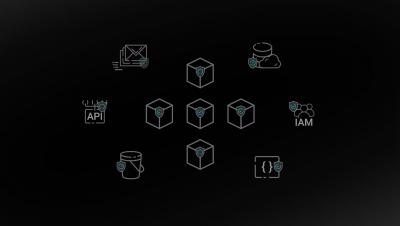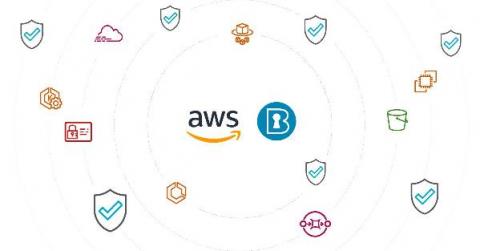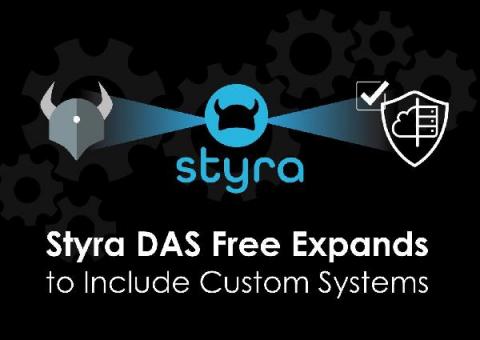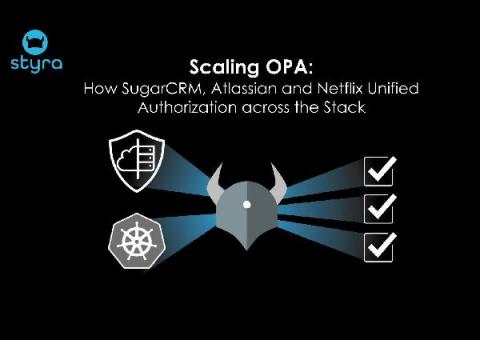Security | Threat Detection | Cyberattacks | DevSecOps | Compliance
Containers
Cloud lateral movement: Breaking in through a vulnerable container
Lateral movement is a growing concern with cloud security. That is, once a piece of your cloud infrastructure is compromised, how far can an attacker reach? What often happens in famous attacks to Cloud environments is a vulnerable application that is publicly available can serve as an entry point. From there, attackers can try to move inside the cloud environment, trying to exfiltrate sensitive data or use the account for their own purpose, like crypto mining.
AWS CIS: Manage cloud security posture on AWS infrastructure
Implementing the AWS Foundations CIS Benchmarks will help you improve your cloud security posture in your AWS infrastructure. What entry points can attackers use to compromise your cloud infrastructure? Do all your users have multi-factor authentication setup? Are they using it? Are you providing more permissions that needed? Those are some questions this benchmark will help you answer. Keep reading for an overview on AWS CIS Benchmarks and tips to implement it.
Unified threat detection for AWS cloud and containers
Implementing effective threat detection for AWS requires visibility into all of your cloud services and containers. An application is composed of a number of elements: hosts, virtual machines, containers, clusters, stored information, and input/output data streams. When you add configuration and user management to the mix, it’s clear that there is a lot to secure!
Styra DAS Free Expands to Include Custom Systems
As part of Styra’s vision for unified authorization, we founded the Open Policy Agent project (OPA) to make policy-based control of the cloud-native stack accessible to everyone. OPA has now grown to become the de facto standard for authorization across the stack, leading to a large part of the community looking for ways to manage the OPA policy-as-code lifecycle.
Developer Driven Workflows - Dockerfile & image scanning, prioritization, and remediation
When deploying applications in containers, developers are now having to take on responsibilities related to operating system level security concerns. Often, these are unfamiliar topics that, in many cases, had previously been handled by operations and security teams. While this new domain can seem daunting there are various tools and practices that you can incorporate into your workflow to make sure you’re catching and fixing any issues before they get into production.
CloudCasa Demo - Persistent Volume Backup Utilizing on Amazon EKS Cluster
Honeypods: Applying a Traditional Blue Team Technique to Kubernetes
The use of honeypots in an IT network is a well-known technique to detect bad actors within your network and gain insight into what they are doing. By exposing simulated or intentionally vulnerable applications in your network and monitoring for access, they act as a canary to notify the blue team of the intrusion and stall the attacker’s progress from reaching actual sensitive applications and data.
Scaling OPA: How SugarCRM, Atlassian and Netflix Unified Authorization across the Stack
Open Policy Agent (OPA), now a graduated project from the Cloud Native Computing Foundation, has become the open-source tool of choice for millions of users, who leverage it as a standard building block for policy and authorization across the cloud-native stack. Given the flexibility of OPA — with practically limitless deployment options — it has been adopted for dozens of use cases across hundreds of companies.











